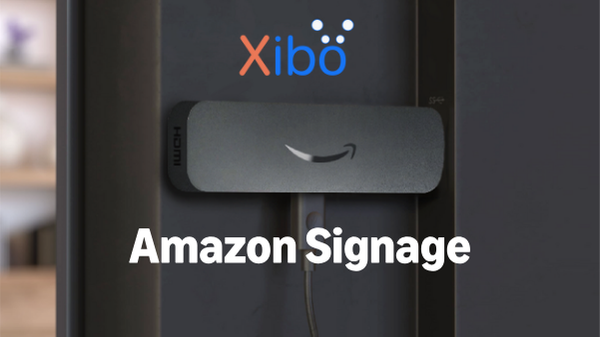
The information contained on this page is now archived. Please see our website and documentation for current information
1.8.0-alpha2 Development Preview Released
We have released 1.8.0 as a stable release, please refer to the announcement for information on using or upgrading to 1.8.
We are proud to announce the release of our second development preview for the 1.8 series of Xibo. The codename for this series is “Tempel”.
This release builds on the enhancements in 1.8.0-alpha by fixing 43 issues/features and an upgrade application capable of upgrading from any 1.7.0 release or later.
Highlights:
- Xibo Message Relay (XMR) for push messaging between the CMS and Players
- Update application capable of upgrading from 1.7.0 or later
- Predefined Commands for scheduling and using on a Layout
- API improvements
- Xibo for Windows Player
Signage Players
This release contains new features relating to the communication between the CMS and the Players. To use this release you must use Xibo for Windows 1.8.0-alpha2 or Xibo for Android R58 or later.
The download is available on GitHub.
We have much more planned for 1.8.0-alpha3 which we hope to release at the end of February 2016.
Please Note: This is a development preview release and should not be used in production.
More
Read more from the blog

Xibo is now available on the Amazon Signage Stick
Xibo is now available on the Amazon Signage Stick — Amazon Signage’s purpose-built digital signage media player designed for businesses and organisations of all sizes, across a variety of industries.


November 2025 Release Update
Xibo’s November 2025 release updates. This update includes the enhancements released this month across Xibo for Tizen and Xibo for webOS.


Holiday Opening Times 2025/2026
Xibo holiday opening hours for 2025/26. During the festive period our support teams will be running at a slightly reduced capacity.

More
Read more from the blog


